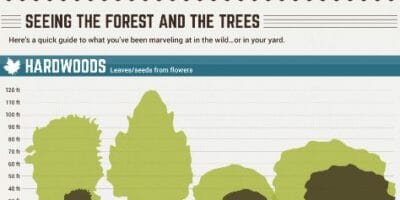Identifying The Correct Time For Tree Removal - A Guide For Homeowners
Identifying The Correct Time For Tree Removal - A Guide For Homeowners
Blog Article
Content Writer-Siegel Lu
Trees include appeal and worth to property, but they can likewise position a threat throughout extreme weather occasions. If a tree has actually stopped growing, is displaying noticeable fungal growth, or has a leaning trunk, it needs to be removed by an expert to prevent residential or commercial property damages and injury.
For more information, participate in a house owner resource fair co-hosted by HPD, the Facility for New York City Neighborhoods, and Brooklyn-based housing companions this night in Bedford-Stuyvesant. low maintenance garden ideas will include the Homeowner Handbook, a brand-new overview to help homeowners browse the duties of possessing a home.
1. Dead or Perishing Branches
Trees are an integral part of your home's landscape, offering shade and charm. They additionally give shelter for wild animals and produce oxygen, but also healthy and balanced trees can experience health issue that might necessitate their elimination. Dead or dying trees aren't just undesirable, they can be dangerous. Their branches can fall during a storm, resulting in expensive property damages and injuries.
When a tree's branches begin to pass away, it indicates that its framework is beginning to break down. If the majority of its branches are dead, it is most likely time to remove it.
Try to find an absence of brand-new development, bark peeling, open wounds or dental caries, fungi expanding on the trunk or roots and a basic look of decay in the entire cover. These indicators of infection can show a serious trouble that will certainly need specialist tree solutions to deal with.
2. Leaning Trunk
While it's regular for trees to lean every so often due to phototropism, if a tree has a harmful or serious lean that's not because of natural processes - it could be a sign that the tree needs to be eliminated. If the tree is leaning toward a high-voltage line, home, lorry, play framework or any other location that could be harmful to people if it falls, then speaking to an expert tree service for elimination must be a leading concern.
https://how-to-remove-stumps06273.yomoblog.com/35606266/safeguarding-your-landscape-replanting-after-tree-removal 's also vital to look for any type of sudden changes in a tree's leaning as it can suggest damages to the origins or trunk that might result in dropping. This is specifically true during stormy weather, considering that high winds and rain-soaked soil can create a lean to alter swiftly. Routine monitoring, especially throughout and after storms can aid property owners recognize potential troubles with their trees so they can call an arborist for a detailed evaluation.
3. Bug Problem
Some pest problems, such as wood-boring bugs like emerald ash borer or sap-suckers like range insects, are so serious that they can trigger a tree to pass away. The most effective method to stop pest invasion is to monitor your trees often. Seek spots, holes, or discolorations in the leaves and bark. Analyze the trunk for splits and indications of insect damage, such as passages or tracks.
If https://www.noozhawk.com/article/save_tree_trimming_for_months_that_end_with_letter_with_r becomes as well infested with pests, or is close to a home or power lines, an arborist might suggest removal. If a leaning tree establishes a new, unpredictable lean, an arborist will likely advise elimination also to make certain the safety of individuals and property. If a damaged or dead tree continuously loses too much branches, it is an indicator that it is time to get rid of the tree. If a tree remains to drop branches for a prolonged amount of time, it might lead to architectural issues and possible residential property damage.
4. Damaged Trunk
Trees are a beautiful and important part of our landscape, however they do need regular like maintain them healthy and balanced and safe. If a tree is harmed beyond repair it is most likely time for it to find down.
Search for signs of damage to the trunk, including vertical cracks, joints, dead branch stubs, visible wounds or open dental caries and serious tree-rot. The presence of fungis at the base of the trunk is an additional warning indicator. Fungi might indicate that the phloem and xylem (life-support cells) are endangered, enabling the spread of condition or a future failure.
Also, think about whether the tree has quit expanding. Healthy and balanced trees will certainly have brand-new growth each year, which may show up as buds or branches growing and extending. If you do not see any type of brand-new development, it's a great concept to have an arborist assess the tree and follow their referral for removal. A passing away or damaged tree can fall and cause home damage.